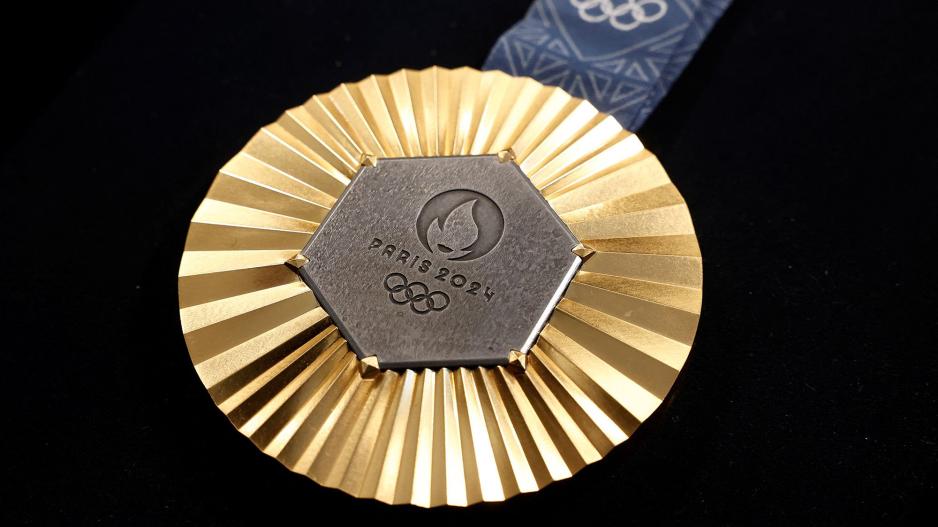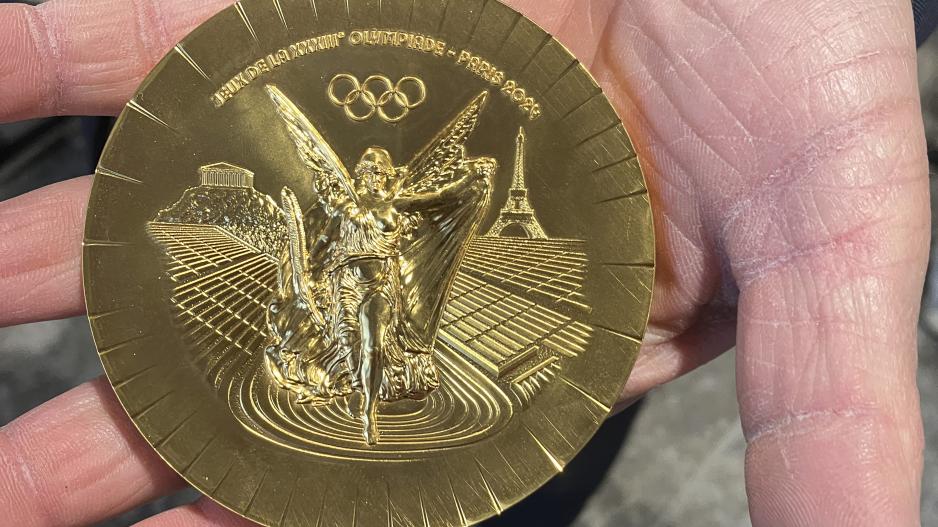How Much Is the Paris Olympic Gold Medal Really Worth?
Its Value Is Priceless to the Athletes Who Win It, but in Reality, the Gold Medal Also Has a Price Tag
Winning a gold medal at the Olympics represents everything to the athletes who compete. The emotional reactions we've seen from victories or disqualifications in Paris make it clear how significant this achievement is.
The value of a gold medal for an athlete who has spent their life pursuing such a goal cannot be measured. However, we can assess the materials used in the gold, silver, and bronze medals. All medals have a diameter of 85 millimeters and a thickness of 9.2 millimeters. As of the morning of July 24, 2024, the value of a gold Olympic medal is approximately 900 euros, based on the spot prices of gold, silver, and iron and the quantities of these materials used in the medal.
This is likely the highest value of any gold medal in the history of modern Games, primarily due to record-high gold prices. It surpasses the 708-dollar (about 650-euro) record set for the London 2012 Olympics. However, it is worth noting that the value of all previous gold medals has dramatically increased based on today's record gold prices.
The gold medal from the Olympics weighs 529 grams, with more than 95.4% of it made of silver (505 grams). Six grams are pure gold, which is used for plating the medal, and 18 grams are iron, according to various reports. If the gold medal were made entirely of pure gold, its value would be around 40,000 euros. This explains why the last time pure gold medals were issued was in 1912.
The silver medal weighs 525 grams, with 507 grams of silver and 18 grams of iron. Based on the spot price of silver and iron on July 24, its value is 448 euros.
The bronze medal weighs 455 grams, consisting of 415.15 grams of copper, 21.85 grams of zinc, and 18 grams of iron. Its value is approximately 10 euros.
Iron is not a metal typically used for Olympic medals, but the iron used in Paris is not ordinary. It comes from the Eiffel Tower.
Specifically, the metal comes from sections of the monument removed during the 20th century for the modernization of its elevator. It was refined in the forges of Pompey in eastern France through a process known as "decarbonization." In this process, excess carbon is removed from cast iron, resulting in iron that is "almost pure and extremely durable," according to the official Olympic Games website.
When determining the internal value of an Olympic medal, design is usually not included in the price. However, for this year's medals, this might change, as they were designed by the historic French high-jewelry house Chaumet. Founded in the 18th century, Chaumet, with its workshops in the historic Place Vendôme in Paris, is renowned for producing jewelry and tiaras for the French and British royal families.
In a statement, LVMH, the French luxury goods company that owns Chaumet, noted that it is the first luxury jewelry company in Olympic and Paralympic history to design the medals.

The iron from the Eiffel Tower, stripped of its brown color, is incorporated into the center of all medals in a hexagonal shape, which represents the overall shape of the country. It is engraved with the emblem of the Paris 2024 Games, which combines the gold medal, the Olympic flame, and the face of Marianne, a beloved symbol of the French Revolution. Beneath the emblem are the words “Paris Olympics” and the Olympic logo with the five rings.
A series of metal rays emanating from the iron center evoke the nation's radiance as it hosts the Paris 2024 Olympic and Paralympic Games, as well as that of the athletes. “This radiance is enhanced by the medal's design, which reflects light and recalls the nickname of the French capital, ‘The City of Light,’” Chaumet stated in its announcement. “At the same time, it gives a special glow to the athletes who will wear the medals around their necks.”
As in every Olympics, the reverse side of the Paris medals tells the story of the revival of the Games in Greece, featuring the goddess Nike and the stadium from the Athens Olympic Games, as designed by Elena Votsi.
Significant symbolism is also found in the ribbons of the medals. All medal ribbons are adorned with a pattern from the Eiffel Tower. The Olympic medal ribbons are dark blue, while the Paralympic ribbons are red.






